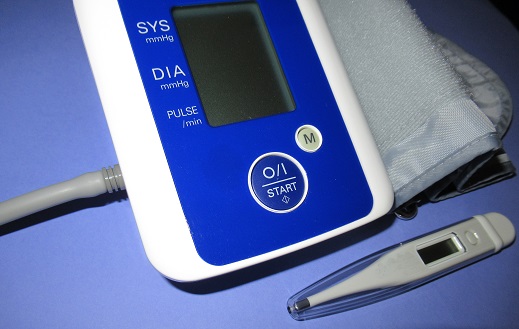Cancer Treatment: proton beam therapy coming to UK
by Sharon Ann Holgate
E&T
April 18 2016 online, and in the May 2016 print edition
Hidden behind hoarding on Grafton Way, near Tottenham Court Road in London, a building is taking shape that will house a revolution in patient care in the UK – a high-energy proton beam therapy centre.
Include or Lose: Design for the whole market
by Sharon Ann Holgate
E&T
March 14 2016 online, and in the April 2016 print edition
Ever had trouble shaking ketchup out of a glass bottle? Now imagine struggling to unscrew the lid of a marmalade jar every breakfast time because you don’t have the strength to grip it firmly enough.
Radiation Protection at the London 2012 Olympics and Paralympics
Chapter 4 of my 2019 book Outside the Research Lab Volume 3: physics in sport features an interview with a radiation protection consultant for the healthcare facility at the London Games.
New technologies in medicine
by Sharon Ann Holgate
E&T
November 8 2010 online, and in the Nov 2010 print edition
As the NHS faces a funding gap of £6 bn a year by 2015, E&T looks at the new technologies for better and less costly medical treatment of the UK’s increasingly infirm and ageing population.
Home help
by Sharon Ann Holgate
E&T
5 October 2009 online and in the vol 4 issue 17 print edition
No one likes to think too deeply about ageing, or about the disabilities we might have in the future. But whether we like it or not, by the time most of us reach old age we will be having difficulties carrying out tasks we used to take for granted, and technology might provide the only solution to some of the care we need.
Towards a less claustrophobic scanner
by Sharon Ann Holgate
E&T
5 October 2009 online, and in the vol 4 issue 17 print edition
It is unlikely anyone undergoing a magnetic resonance imaging (MRI) scan would describe the experience as pleasant. Having to lie very still in a narrow tube for anything up to an hour, while the machine loudly bangs its way through the scanning procedure, is hardly fun. In fact, some patients find it so traumatic they have to be sedated – at times, put under general anaesthetic – before being scanned. That is if they can fit inside it at all.
